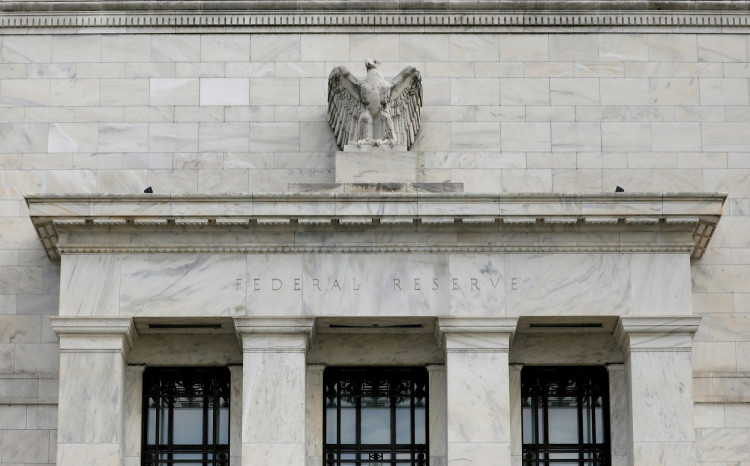After this month's interest rate hike, the Federal Reserve may halt the increases. On Wednesday, July 12, Nick Timiraos, a reporter for The Wall Street Journal, opined on US June CPI data. He stated that the US inflation has dropped to its lowest in over two years, offering relief to Americans from painful price increases and increasing the likelihood that the Fed may cease rate hikes after the possible one this month.
According to data from the US Department of Labor on Wednesday, the US Consumer Price Index (CPI) rose by 3% year on year in June, significantly lower than the inflation peak of 9.1% in the same period last year. At that time, gasoline prices reached an all-time high of $5 per gallon. Compared with the inflation of 4% in May, US inflation fell sharply in June. The last time US inflation was close to 3% was in March 2021.
Analysts believe that after a period of severe high inflation eroding consumers' purchasing power, this situation is ending. Specifically, in June, American consumers reduced their spending on used cars and plane tickets, and the rental increase was the slowest month since the beginning of 2022. However, prices for auto insurance and entertainment services have risen.
Timiraos mentioned that investors were elated over the June inflation data, as it confirmed the Fed's progress in curbing high inflation. Timiraos suggested that because the US economy hasn't slowed down to the extent the Fed had anticipated, Fed officials would raise rates further at the FOMC meeting on July 25-26, thereby elevating the policy interest rate to its highest point in 22 years. But June's inflation data led some investors to question whether the Fed would follow through with the anticipated rate hike.
However, David Wilcox, a senior economist at the Peterson Institute for International Economics, assumes the Fed is very keen on another rate hike in July, so they will continue. The main impact of the June inflation data is that the market should focus on whether July's rate hike is the last in this cycle.
According to the Chicago Mercantile Exchange's statistics, the market still generally expects the Fed to raise interest rates by 25 basis points at the end of this month.
Inflation slowing significantly in just one month isn't enough
Despite continuous rate hikes by the Fed, the US economy has remained resilient to date, with no clear evidence showing it will fall into recession. According to the latest estimates from the Atlanta Fed, the US economy grew by approximately 2.3% in the second quarter.
Timiraos specifically noted that Fed officials have expressed they do not want to overreact to the positive data in monthly inflation and want to ensure that inflation is entering a meaningful downward trend. Whether inflation continues to decline will depend on various factors, such as the degree of sluggishness in the US economy over the next few months.
The Fed aims to maintain the inflation rate at a long-term target of 2%. Furthermore, the core CPI rose by 4.8% year on year in June, the lowest increase since October 2021, lower than the 5.3% in May. Fed officials pay attention to core inflation as they believe it is more predictive of future inflation trends.
Timiraos pointed out that despite the inflation rate being far lower than a year ago, it still impacts many consumers. Many people's rent has significantly increased, along with rises in gasoline and food prices, leading many Americans to have a tough year.
Year-on-year inflation could rebound, the current sharp drop partially benefits from last year's high base
Timiraos analyzed that the decrease in the inflation rate in June largely reflects the impact of high bases last year. The high level of US inflation last summer means that this year, under the pressure of rate hikes, the year-on-year decline would be very obvious. However, this high base effect will weaken by the end of this year. Timiraos even believes that by early 2024, the year-on-year inflation rate may not further slow down. Even if the inflation rate is as mild as in June, it may accelerate from a data perspective.
Whether inflation continues to decline may depend on whether anomalies related to the COVID-19 pandemic are a driving factor. For example, car prices soared in 2021 and 2022 but are now cooling down. Some analyses suggest that the rise in car prices, in turn, pushed up car insurance rates, and car insurance prices may continue to rise until early next year.
Some economists are still concerned that even if factors driven by the pandemic completely fade away, a strong labor market will continue to push inflation higher. If US economic growth does not slow further, wages may continue to climb quickly, thereby supporting consumers' robust demand for goods and services, and subsequently increasing wages. If consumers feel secure about their jobs, they may continue to consume, which could make it more difficult to reduce inflation, and potentially lead the US economy into a "wage-inflation spiral".






